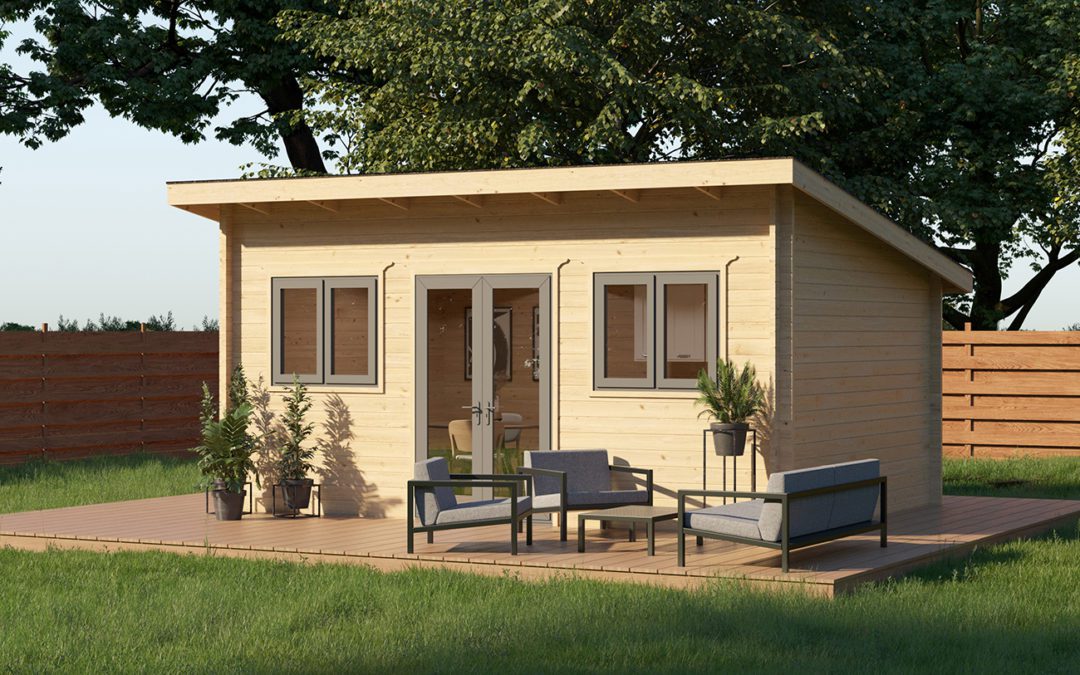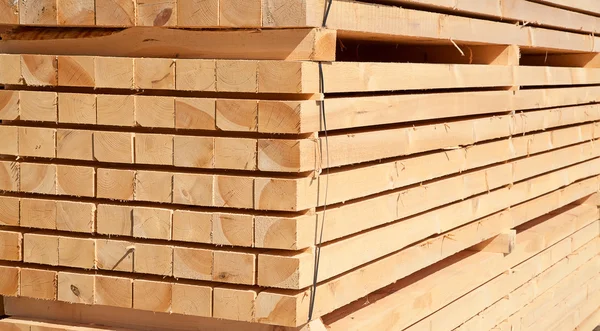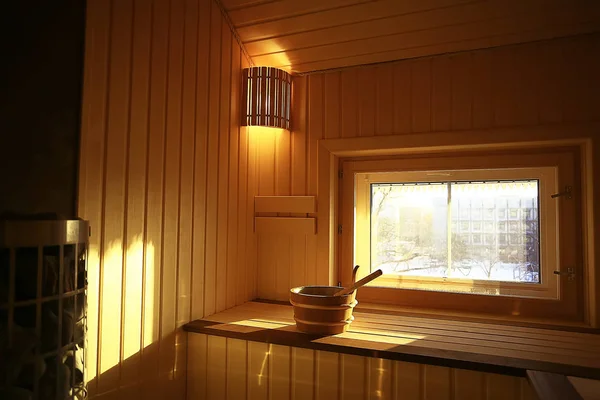New Zealand timber cabins unaffected by building materials shortage
One building company reports that it has an employee driving around Auckland towing a trailer full-time, from PlaceMakers to PlaceMakers, looking for building materials in the face of a dire shortage of construction supplies – but for New Zealand’s kitset cabin customers, timber shortages are not a problem.
Founder of Lifestyle Cabins, Doug Chetwynd, says his kitset wooden cabin business is not affected by the major timber shortage in New Zealand and you won’t find any of his staff queuing up at the local Bunnings along with all the other builders desperate to get timber.
“Lifestyle Cabins are imported ready for assembling, complete with windows, doors, catches, and everything. It all comes in a single bundle, ready to assemble.”
Chetwynd says the pre-cut assembly-ready wood cabins don’t need a qualified builder and can be erected by just about anybody, but some know-how is advisable.
Lifestyle Cabin’s kitset timber cabins come with aluminium doors and windows instead of wood.
“Timber used in windows and doors needs constant maintenance, for instance, regular painting, to prevent swelling and shrinking from heat and rain. You always get a perfect close on an aluminium door and window.”
Lifestyle Cabin’s are made from the slow-grown Scots pine or Baltic pine (Pinus sylvestris) which is native to Eurasia – from the British Isles and the Iberian Peninsula in the west to the Japanese archipelago in the east. As a result, it is one of the strongest softwoods and is widely favoured by joiners and builders. Its hardy nature makes it ideal for telegraph poles. The dense properties of Scots Pine mean it is excellent for insulation and makes a great sound barrier.
The timber used in Lifestyle Cabins is Forest Stewardship Certified (FSC) sustainable, which means all FSC materials and products have been checked at every stage of processing. FSC products help ensure social benefits to workers and local people and facilitate biodiversity and ecosystems.
The customisable nature of the cabins means Lifestyle Cabins can facilitate whatever you want – for example, additional rooms or windows where you want them.
“If you want something more bespoke, our designer will draw it up and the modules will be cut and prepared, complete with a New Zealand engineering report. The customisable cabins are a bit more expensive as a result.”
Lifestyle Cabins will attempt to keep cabins under 30m2 so that you do not need the consent of your council. The cabins are regarded as ancillary buildings, which means they are generally associated with the main dwelling and do not come with facilities for water or cooking.
However, plumbing can be provided. You would need to check with your local council for consent to make sure you comply with the building code. That said, you’re still only looking at about $1200m2 for a high-quality Lifestyle Cabin, plus the cost of transport.




